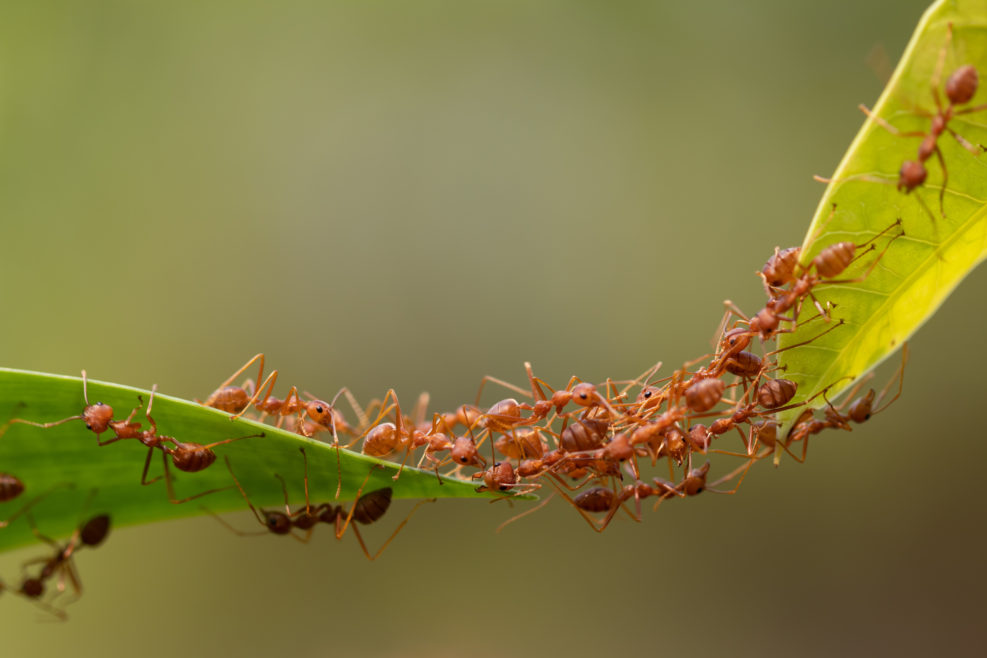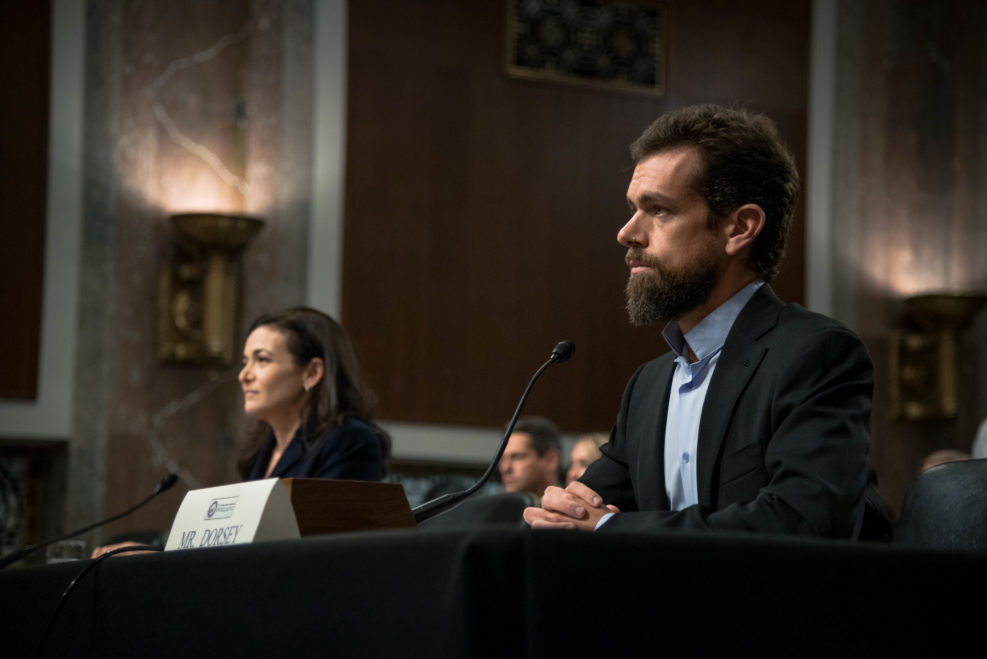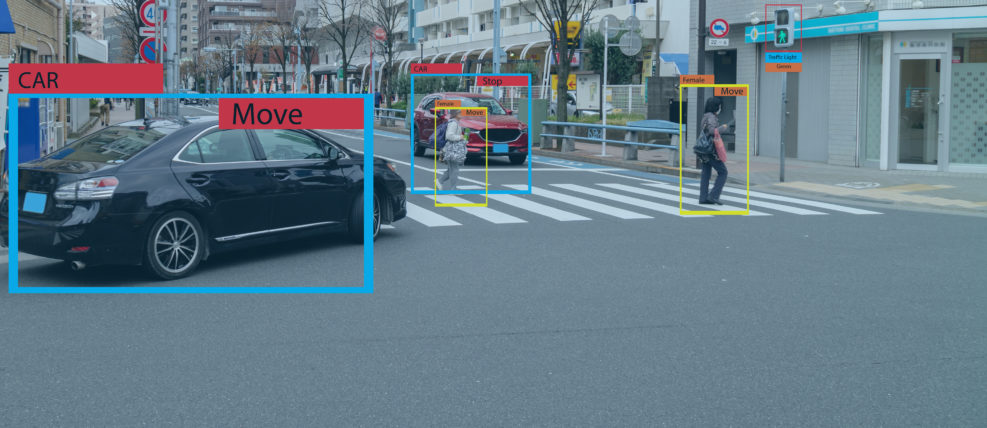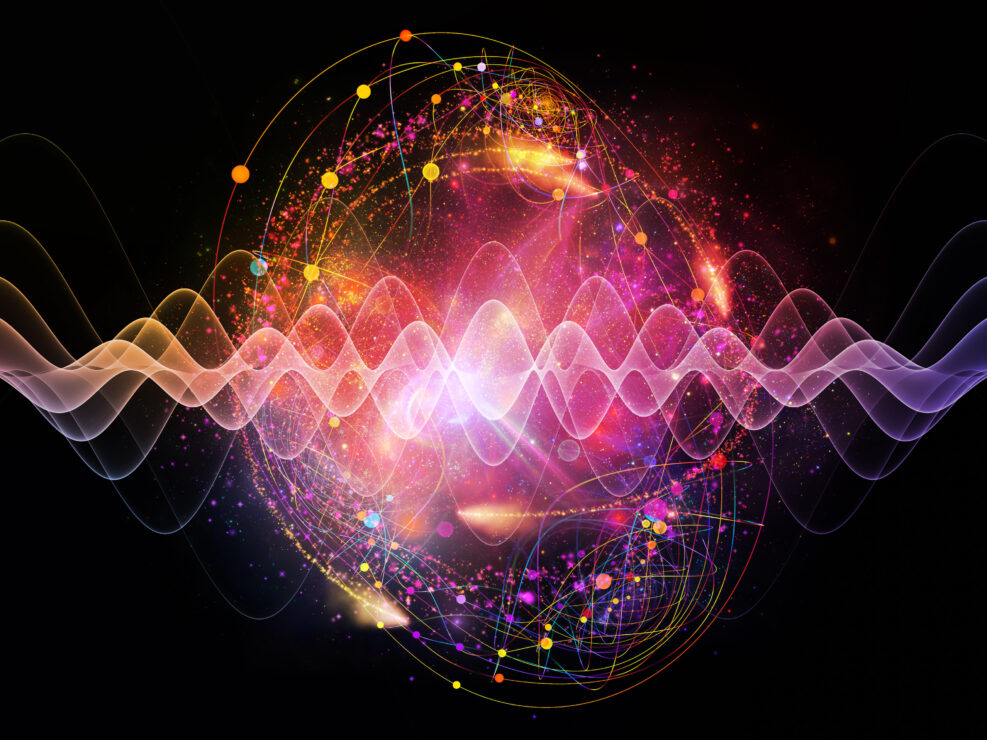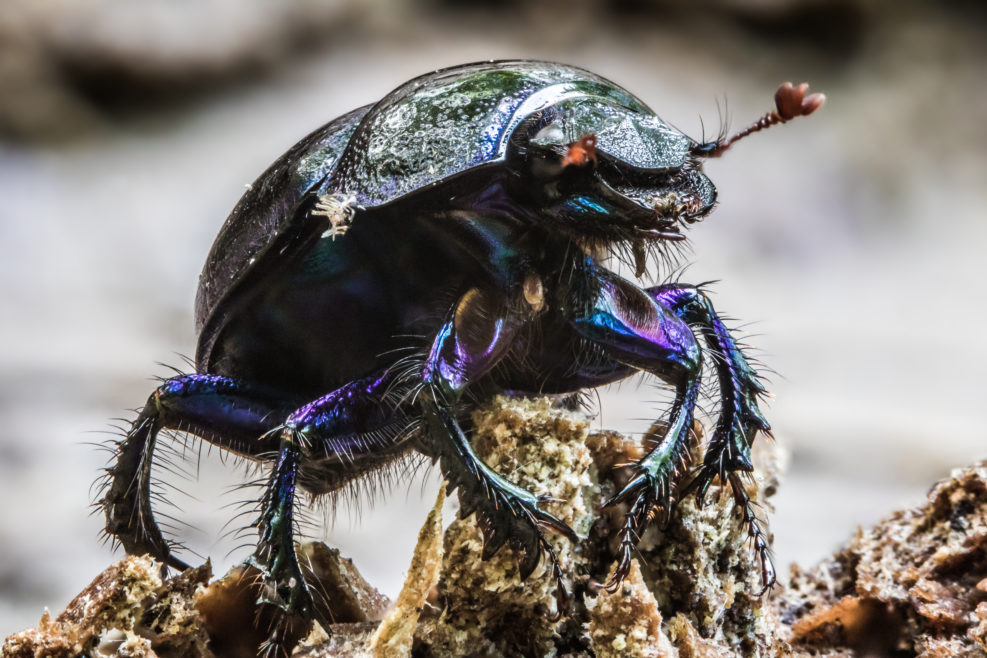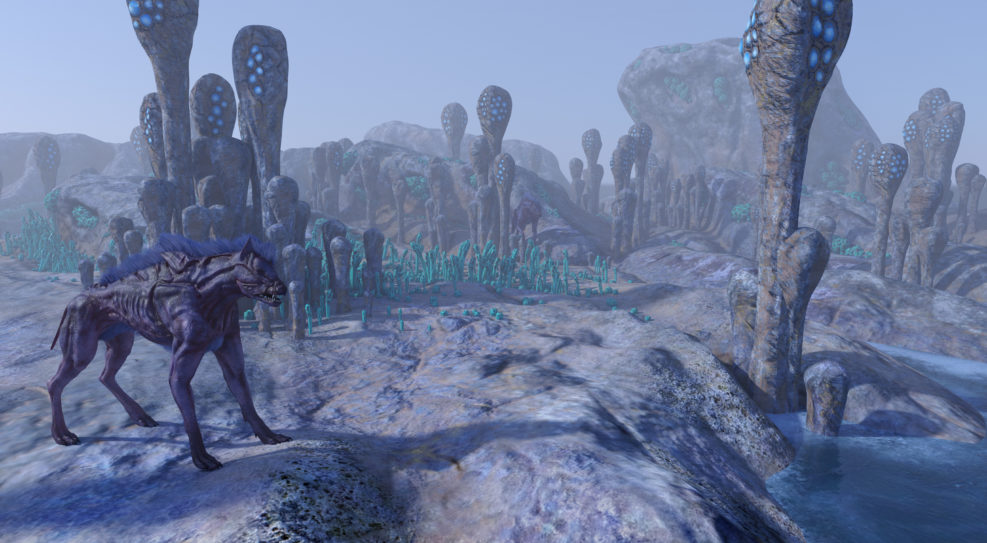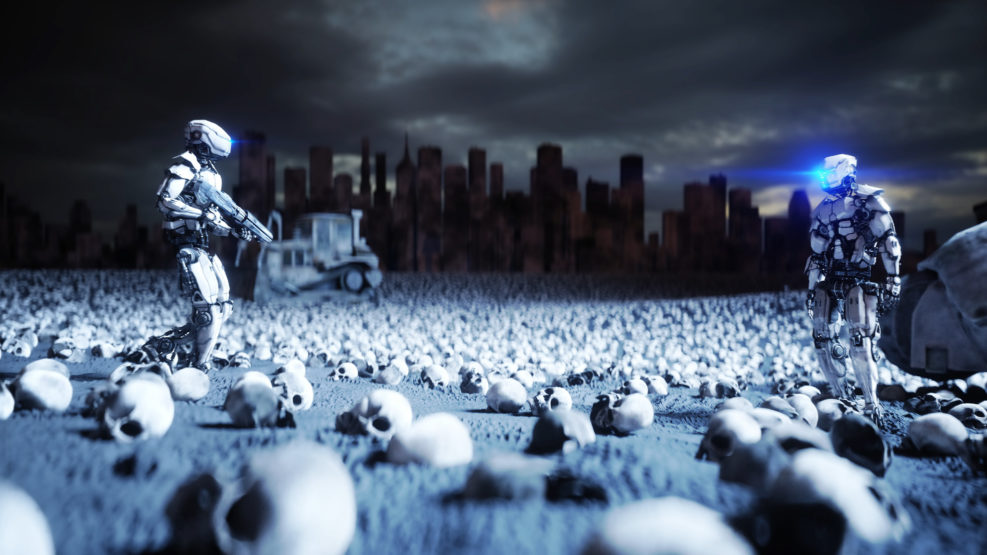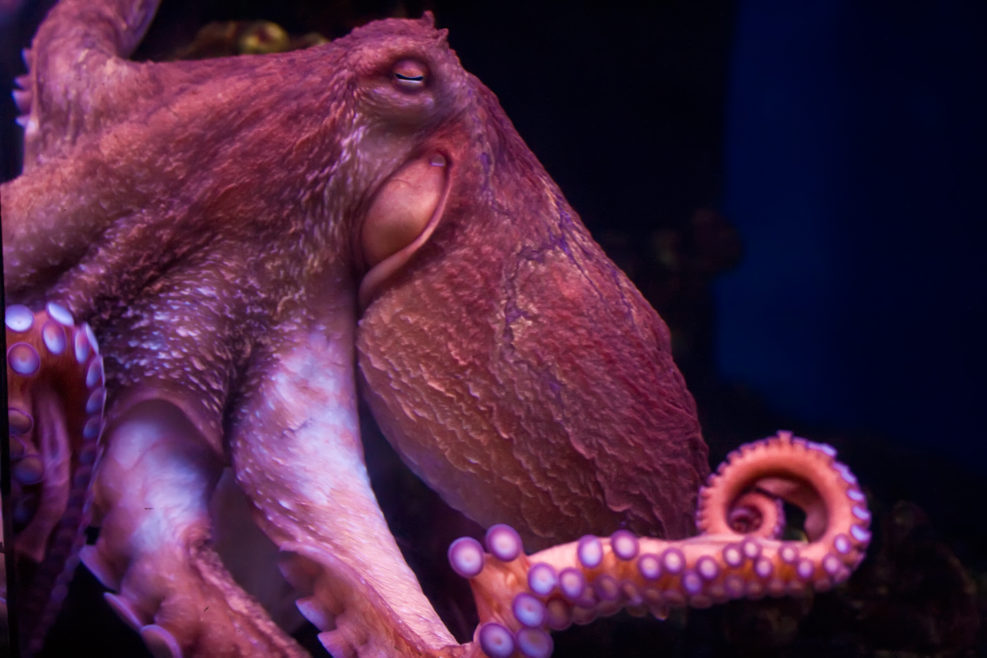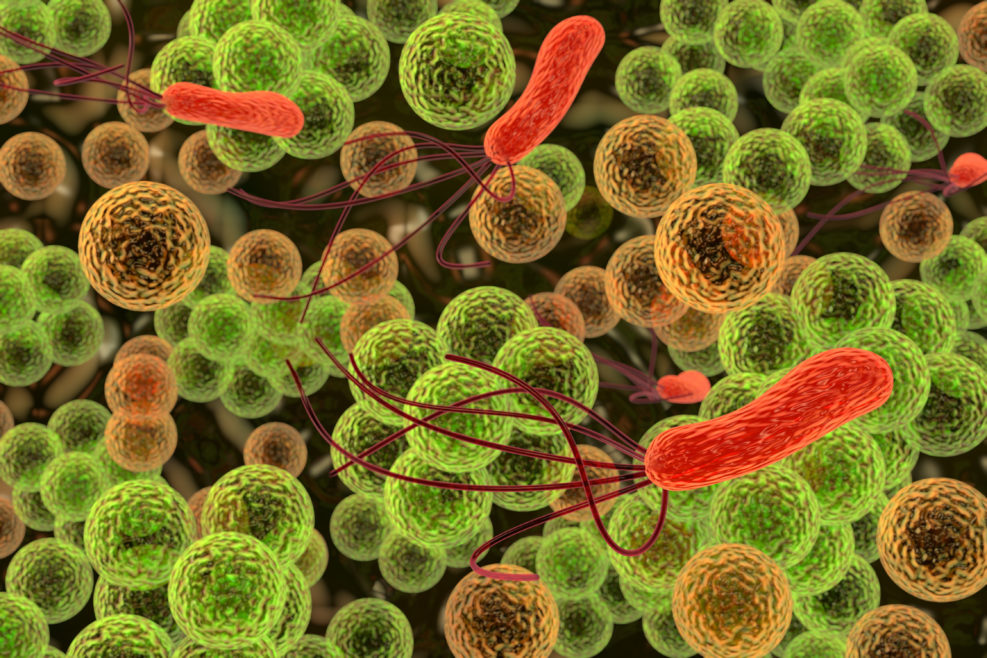
Would Cognition in Bacteria “Dethrone” Humans?
A cognition researcher’s approach to the question helps account for the growing popularity of panpsychism — as an alternativeAdelaide University cognition researcher Pamela Lyon offered an interesting thesis at Aeon last month: “Cognition did not appear out of nowhere in ‘higher’ animals but goes back millions, perhaps billions, of years.” Given that several scientists have recently made claims for cognition in single-celled entities, her contention is not all that surprising. But her approach to the topic prompts some thought: Lyon, who has little time for doubters, invokes Charles Darwin in calling for a “Copernican” shift in thinking on the subject: In On the Origin of Species (1859), Charles Darwin draws a picture of the long sweep of evolution, from the beginning of life, playing out along two fundamental axes: physical and mental. Body and mind. All living beings, Read More ›
